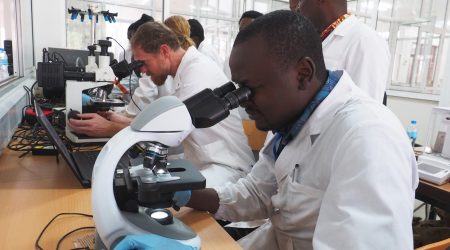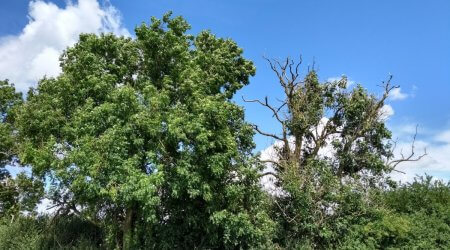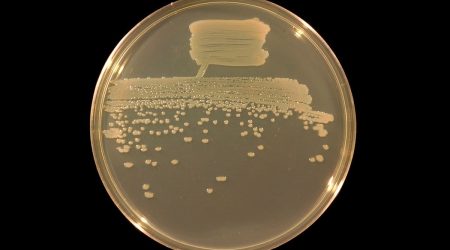This edition, we are pleased to introduce four new strategic research programmes funded by the UK Biotechnology and Biological Sciences Research Council (BBSRC)
These new strategic programmes represent a significant investment in the future of the John Innes Centre and its world-leading scientists.
Through these new programmes the John Innes Centre will deliver fundamental insights into plant and microbial life and address high-profile national and international challenges in agriculture, the environment and human health.
We also take you into the world of the soil bacteria Pseudomonas which fights microscopic battles in the soil, defending plants against pathogens by producing a suite of antibiotic compounds.
Meanwhile, new breakthroughs in Brassica research have led to the development of a new line of fast-growing sprouting broccoli.
Through analysing the diversity of the ash dieback fungus, our scientists are investigating what the future holds for the iconic ash tree, and how we can prevent further spread of the disease and three John Innes Centre PhD students share the lessons they learned and challenges they faced during the two-week AfriPlantSci summer school earlier in the year at the Nelson Mandela African Institute of Science & Technology in Arusha, Tanzania.
Our continued collaboration with the Biosciences eastern and central Africa-International Livestock Research Institute (BecA-ILRI) hub and our support of key events, such as the AfriPlantSci summer school, is part of our wider international endeavours to maximise the translation of our research, to help build capacity and to promote collaborations in Africa and worldwide.




